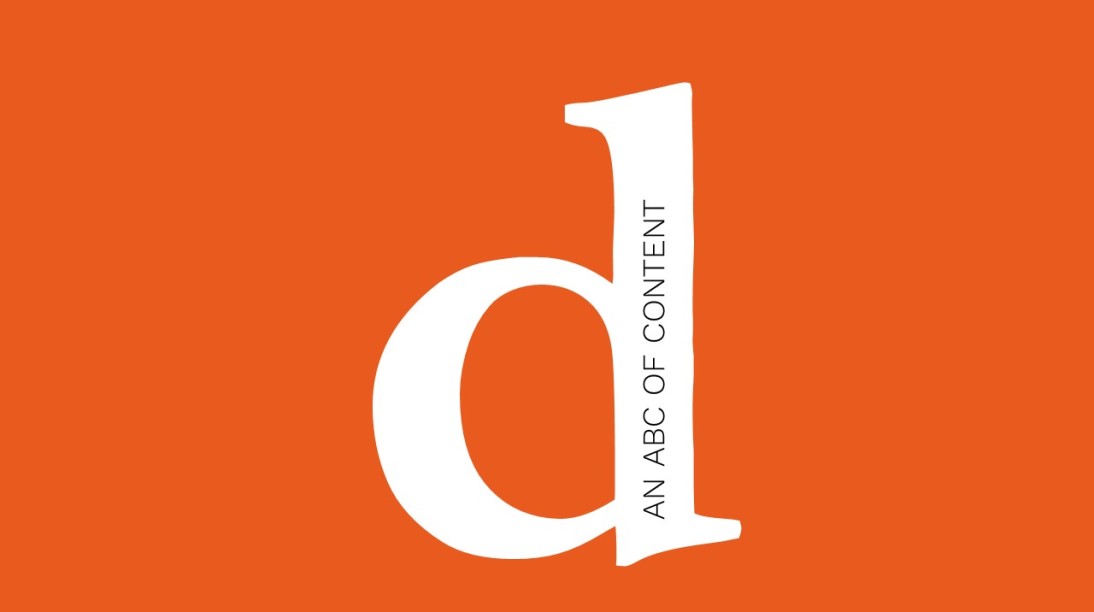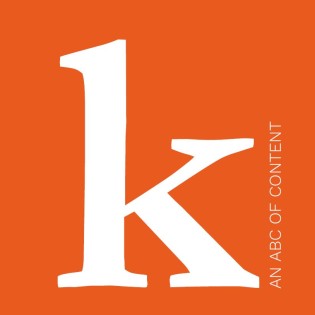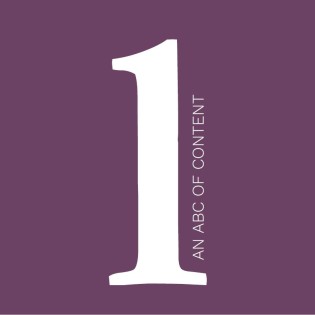D is for dash

How do you use the dash in content?
A lively way to interject related thoughts into a sentence, the dash is handy to both writer and reader, corralling the former’s thoughts and showing the latter how to read them.
So how do you use the dash correctly in content?
American grammarians William Strunk Jr. and E. B White (better known for the children’s books Charlotte’s Web and Stuart Little) deemed it “stronger than a comma, less formal than a colon and more relaxed than parentheses” in their 1959 guide, The Elements of Style.
The Telegraph style guide suggests it can show where there would be a change in tone in speech.
The attack was unexpected – it came at noon instead of dawn – and the enemy outnumbered them.
A single dash meanwhile can add emphasis. Don’t overdo it though, unless you are channeling Emily Dickinson or James Joyce – both known for their generous dash use.
Beware sentences – like this – which dash about dizzyingly – the reader won’t enjoy it. Commas, semicolons or brackets might be better. Or just start a new sentence.
Do check it’s actually a dash and the right sort, too. Choose an en-dash (–), named after the letter which matches its length, rather than the longer em-dash (—).
The shorter hyphen (-) is different in appearance and function. And is frequently misused. Or should we say, frequently mis-used? If a compound word can be written as one word without sacrificing sense, then ditch the hyphen.
Use it to avoid ambiguity. A government-monitoring programme is quite different to a government monitoring programme, for instance.
Hyphenate compound phrases when they are adjectival, but not when used as a noun. So “We make forecasts for the long term” but “These are our long-term forecasts”.
Don’t link adverbs ending in “-ly” to an adjective. You want your writing to be highly rated not highly-rated.
FURTHER READING: An ABC of Content





